This is a satellite image of the Great Lakes in North America.
Click on image for full size
Image Courtesy Environmental Research Institute of Michigan, Ann Arbor For additional information see www.erim.org © ERIM
Lakes
A lake is a body of water completely surrounded by land. Lakes can either by salty or fresh water. Most lakes are in places where glaciers used to exist. When a glacier moves forward, it carves away a deep valley and when the ice melt
s it forms a lake in the valley. Other lakes are formed in craters or when a river changes its course.
Lakes are short-lived surface features because the water can sink into the ground or evaporate into the sky. In order for a lake to remain, it must be constantly fe
d by a river or rainfall.
This is a satellite image of the five Great Lakes in North America. It is the largest group of freshwater lakes in the world. The largest and deepest one is Lake Superior located at the top left. Lake Baikal in Siberia, Russia is the deepest lake in th
e world.
You might also be interested in:
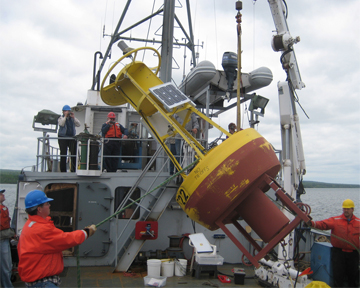
There is a scientific consensus to the fact that the global climate is warming because of the addition of heat-trapping greenhouse gases which are increasing dramatically in the atmosphere as a result
...more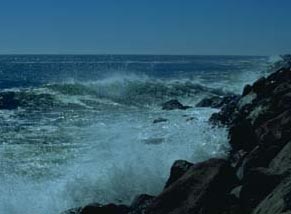
One process which transfers water from the ground back to the atmosphere is evaporation. Evaporation is when water passes from a liquid phase to a gas phase. Rates of evaporation of water depend on factors
...more
About 70% of the Earth is covered with water, and we find 97% of that water in the oceans. Everyone who has taken in a mouthful of ocean water while swimming knows that the ocean is really salty. All water
...more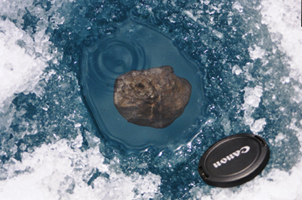
On January 18, 2000, a bright fireball streaked through the skies of northern Canada as a meteorite entered the atmosphere and fell to Earth, eventually coming to rest on the surface of a frozen lake (Tagish
...more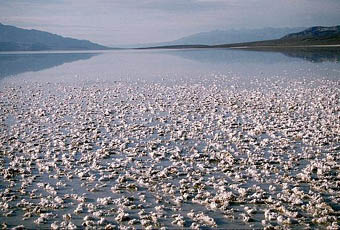
Like other types of sedimentary rocks, chemical rocks form at the Earth’s surface, are usually found in horizontal layers, and do not form from molten rock. However, unlike most other sedimentary rocks,
...more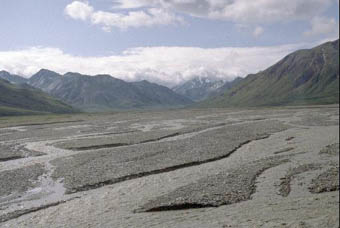
Sneeze into a pile of dust and the particles fly everywhere. Sneeze into a pile of rocks and they stay put. That’s because they have more mass. You need more force than a sneeze to move those rocks. Wind
...more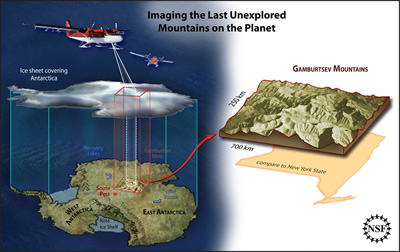
Flying twin-engine light aircraft the equivalent of several trips around the globe and establishing a network of seismic instruments across an area the size of Texas, a U.S.-led, international team of
...more















